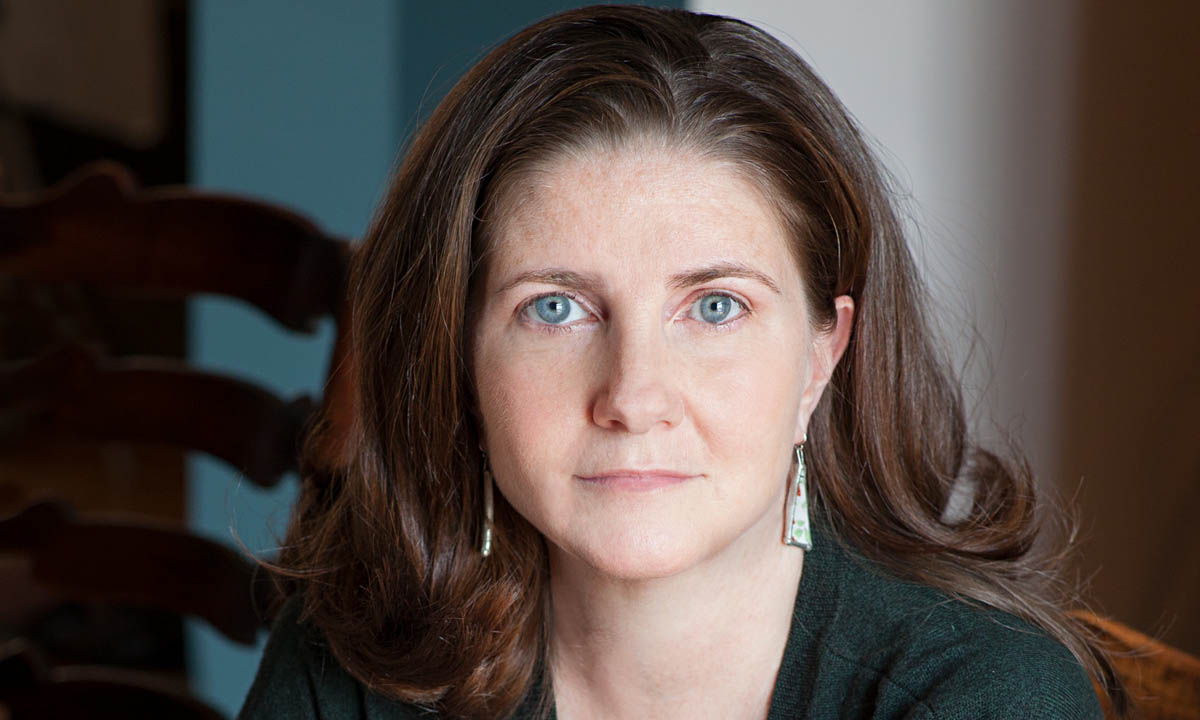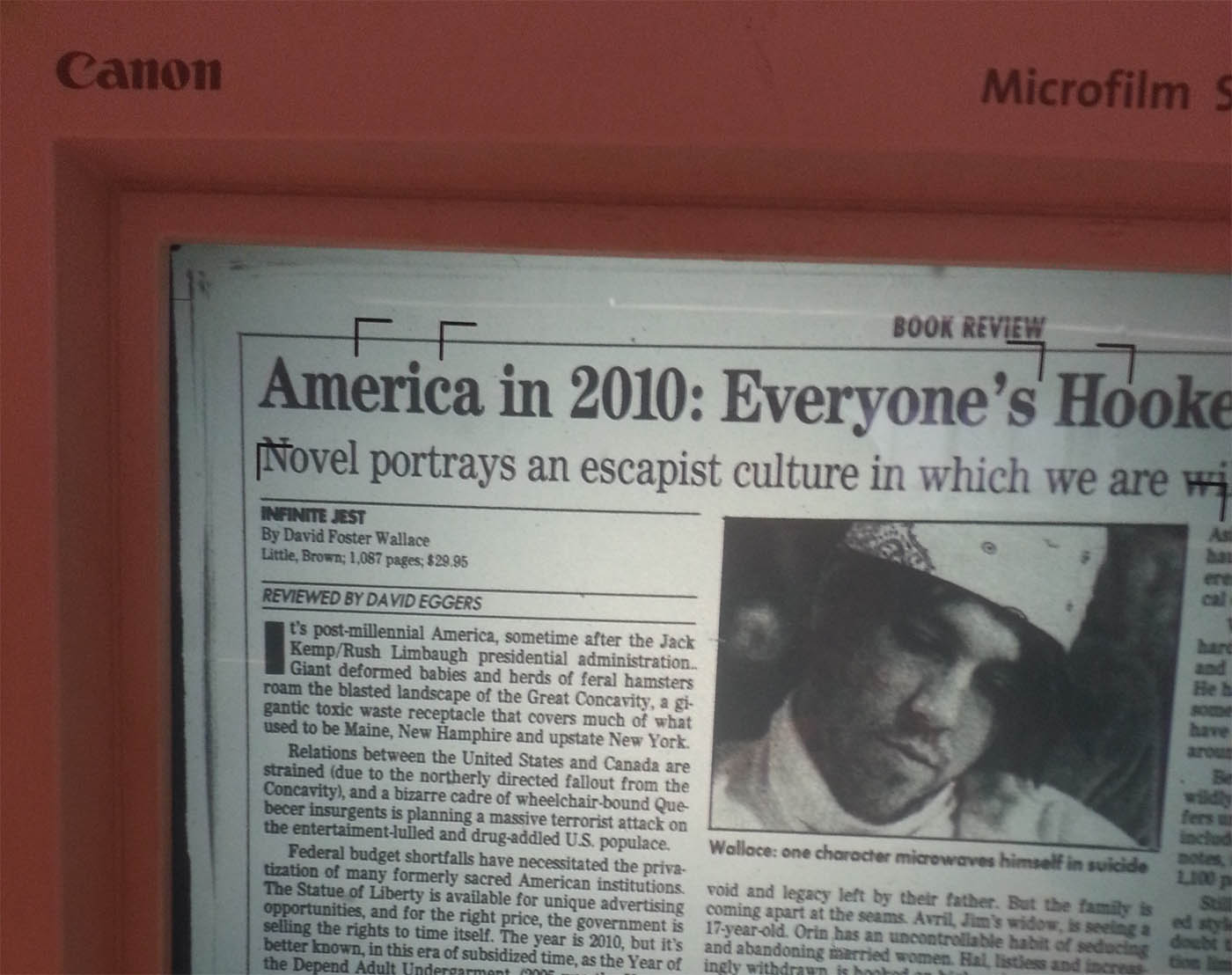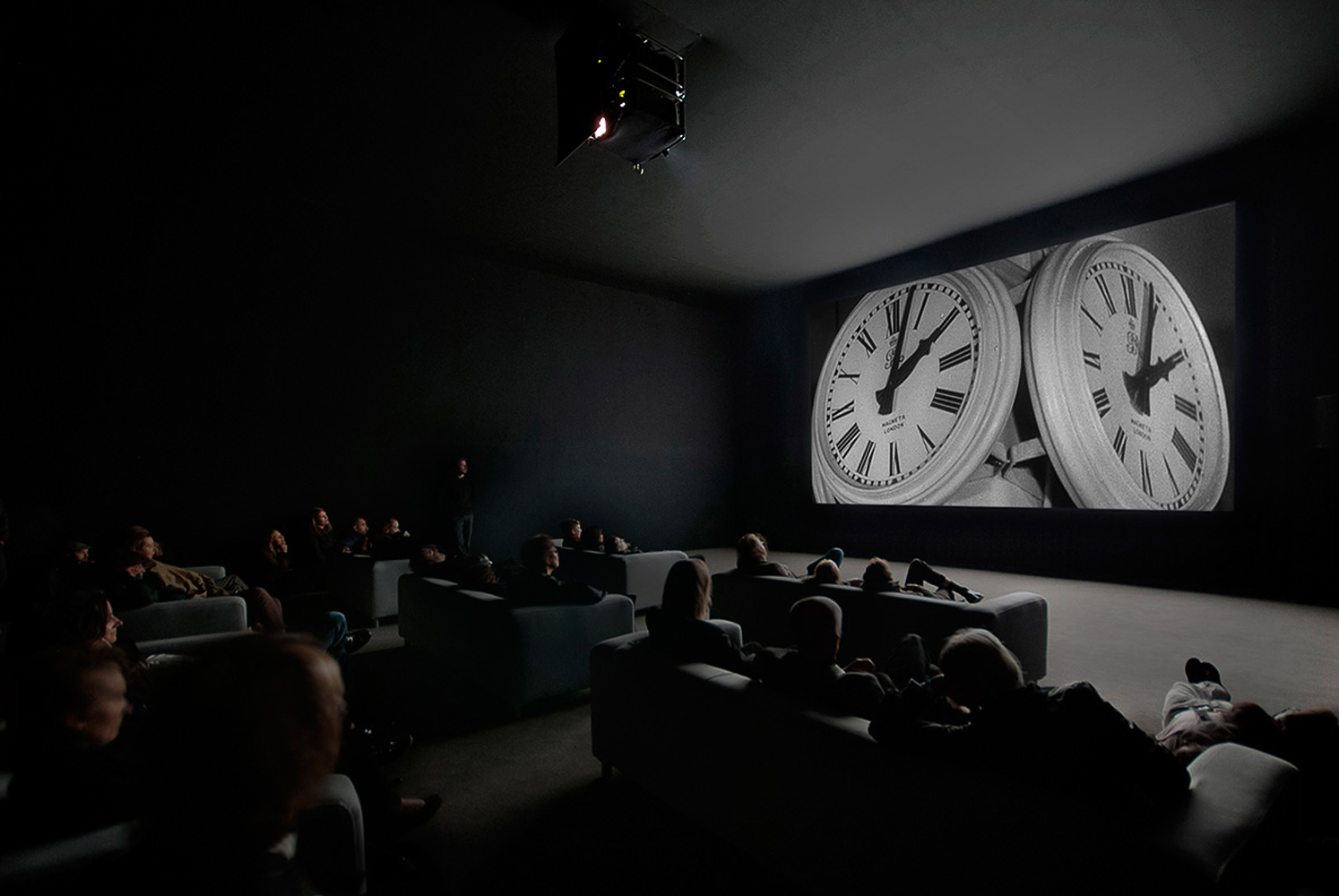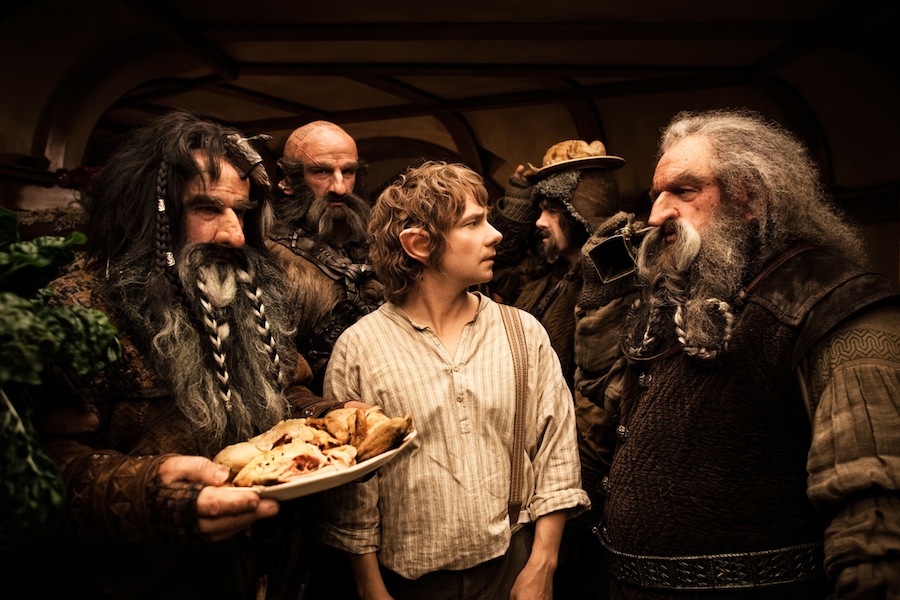ENDANGERED
by Jean Love Cush
Amistad, 272 pages
There are petulant Caucasians who stretch out their soft, unfettered, and upper middle-class hands for the gluten-free, vegan muffins at their cozy corner bakery when they’re not waiting for the afternoon dacha trip to stave off the high stress of a Tuesday morning hot yoga session. And then there is the rest of America: those who try to make ends meet with a minimum wage job and little more than a high school education, families crowded inside small apartments who go to bed with the nightly reports of gunfire, and young African-Americans who cannot run into a cop without being handed some bogus rap (and, in the case of Eric Garner, killed for wanting to be left alone). One world remains blissfully unaware of the other. The other world must contend with its stories being excised from mainstream culture, even as it must stifle its anger at being marginalized or erased altogether from vital conversations.
One would think that the variegated possibilities of literature would be robust enough to bridge this awful gap, but we have seen whitewashed book covers, YA characters of color doomed to what Christopher Myers refers to as “the apartheid of children’s literature,” bestselling African-American authors told that there is no audience for their work, and racism still lingering in the science fiction world. Yet Jean Love Cush’s Endangered, a powerful work of fiction that, in a more civilized and inclusive world, would be discussed at book clubs and held up in independent bookstores as a vital glimpse inside neglected truths, has been completely ignored by newspapers and abandoned by purportedly enlightened tastemakers fond of uttering the defensive words “Some of my best friends are…” at cocktail parties.
The book, set just after Obama’s inauguration, centers around a fifteen-year-old boy in Philadelphia named Malik Williams who, like any black kid in the wrong place at the wrong time, is arrested because he vaguely matches the general description of a homicide suspect. Malik’s mother, Janae, who works as a cafeteria worker, tries to rescue her son between work stints she is barely able to reduce to half-shifts. She cannot afford an attorney who can offer the appropriate defense on her meager salary. The prosecution wishes to try Malik as an adult. Malik’s story is picked up by the media, who wishes to spin his narrative into a fearful vision of cities gripped by violence, complete with armchair academics insisting that trying children as adults is the only way to combat the problem. (On this point and many others, Cush is dead on. It is quite easy to find these specious arguments for “responsibility” if you poke around FOX News.) As Janae becomes a more uncomfortably visible participant in her son’s story, she comes to understand how the media has built a regressive belief culture on racial bias:
As a young girl, she’d come to believe that it was black men who committed all the crimes. They were the ones who were identified in the news stories by the anchors and reporters she’d trusted. Even when a news story left out the racial description, it was easy to fill in the blank and assume the perpetrator was black because of how many other times the bad guy was identified was black. Now, Janae knew that the images she saw on the news, the stories they chose to report on, and even the news angle had more to do with the story the reporter wants to tell or the agenda of the network than a deep-seated passion to get at the truth.
In a nod to Richard Wright’s Boris Max, Cush introduces Roger Whitford, a prominent white human rights attorney who helps Janae with her case. But there is also Calvin Moore, a black attorney who worked his way into a big firm out of the ghetto, blackmailed by one of the partners into becoming involved in the case “that we cannot have any part of because of the potential fallout from it.” Both Whitford and Moore work under the guise of the Center for the Protection of Human Rights, a controversial organization offering the provocative thesis that the Endangered Species Act should be extended to black boys, under the theory that nearly every statistic shows that young blacks are fated to be massacred.
Many of the stats that Cush conveys through her characters can actually be backed up. Last October, The Sentencing Project submitted a harrowing report to the U.N. Human Rights Committee, revealing that one in three African American males born today can expect to find themselves in prison at any given time in their lives. The report (PDF) cited black youth’s disproportionate incarceration. Blacks are 16% of all American children, yet make up 28% of juvenile arrests. According to the report, which relied on government statistics and academic scholarship, this unpardonable disparity cannot be pegged solely on poverty and a higher crime rate. Implicit racial bias, predicated upon overworked cops making impulsive decisions and the majority of our nation associating African-Americans with such modifiers as “dangerous,” “aggressive,” “violent,” and “criminal,” is also to blame.
So there’s something refreshingly risky and necessary in Cush unpacking her Endangered Species Act premise. In fact, the idea is not unique to Cush. In 2012, D.L. Hughley made a mockumentary (see clip above) in which he lobbied to declare African-Americans an endangered species. In February 2014, Wayne Brady was courageous enough to declare that “the young black man is becoming an endangered species.” Like caustic headlines from The Onion, perhaps these dialogues in comedy and in fiction presage real events.
But the concept also means comparing young African-Americans to animals — a prospect that Janae isn’t especially thrilled about and one that bears uncomfortable resonances to Anthony Cumia’s racist Twitter tirade and 911 operator April Sims’s similarly atavistic sentiments. The suggestion here is that pursuing a severe protective measure for blacks in response to escalating violence could involve playing into the remaining racist sentiments held by those in power.
Endangered is not a perfect book. It is riddled with some undercooked prose (“It was as if fire had darted from her eyes and mouth and singed the hell out of him” and beads of sweat used too often as a shorthand description for tension). But the book crackles with challenging considerations one does not often see in contemporary fiction and is greatly helped by the undeniable momentum of its thrilling story, even if its socially conscious melodrama results in some extraordinary conduct by a judge late in the book. Nevertheless, Endangered is a truer, braver, and more emotional novel than most of the lumpy oatmeal pumped out of the Brooklyn bourgie mill. I would rather read a slightly flawed yet highly visceral book going for broke than another myopic and overly praised entry in the Brooklyn latte genre, and I suspect so would most of America.




